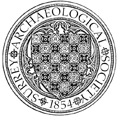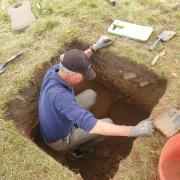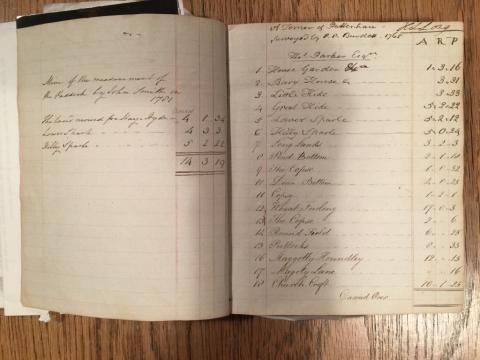Albury Park test pitting
We will be returning for a third year of test pitting this season at Albury Park to investigate the deserted medieval settlement which once stretched across the course of the former road which continued all the way to Shere. The original village of Albury was displaced in the early 19th century (to its current location to the west), and little now remains standing of the former cottages. However, with the help of geophysical survey, LiDAR and - of course - a large-scale series of test pits spread across the site, we are working to uncover and learn more about the original settlement!




